Republished from November 24, 2010 for obvious timely reasons.
 Now that we are done with cooking directions for the big day, time to pick the beverage that will not just accompany this spectacular meal but compliment the main course, the sides and deserts.
Now that we are done with cooking directions for the big day, time to pick the beverage that will not just accompany this spectacular meal but compliment the main course, the sides and deserts.
My usual choices for the wine is to have choices, serving both reds and whites. Cabernets and Sauvignon Blanc can be respectively too heavy and too acidic while the Chardonnays can be too oaky.
Don’t be afraid to ask the your wine merchant for suggestions. There are many very fine wines for those on a budget. Here are some of my suggestions:
Beaujolais Nouveau is the “first wine of the harvest” and the 2010 has just been released, This is a very “young” wine that spends little time in the cask between picking and bottling. It is traditionally released on November 21 with great fan fare among wine around the world. It is light and fruity, should be served chilled. It goes well with not just the turkey but everything from the appetizer cheese course to sweet potatoes and dressing to that pesky once a year veggie, Brussel Sprouts, not an easy feat. It is also inexpensive at less than $10 a bottle, the magnum is usually even more economical.
Pinot Noir is another good choice but not easy to find one that has some flavor and can be a little “pricey”, although there good ones in the $10 range.
For the whites there are two that I choose from Pinot Grigio or a slightly sweeter Riesling.
Pinot Grigio or Pinto Gris is a young fruity wine and depending on the region can be full bodied and “floral” to lighter, “spritszy” and a little acidic. I suggest the former and fond that the Pinot from Barefoot Cellars fits the bill and the pocketbook.
Riesling can be found in the German section and look for a Gewurztraminer or a slightly sweeter Spätlese.
The there is beer for those who prefer some foam and fizz. These are the suggestions from the Brewers Association:
* Traditional Turkey – Amber ale or a lager like Oktoberfest, brown ale or a strong golden ale like triple
* Smoked Turkey – a hoppy brown ale, Scotch ale or porter
* Pumpkin pie – Spiced ale, winter warmer or old ale

 The word Edamame means “Beans on Branches,” and it grows in clusters on bushy branches. To retain the freshness and its natural flavor, it is parboiled and quick-frozen. In East Asia, the soybean has been used for over two thousand years as a major source of protein. Edamame is consumed as a snack, a vegetable dish, used in soups or processed into sweets. As a snack, the pods are lightly boiled in salted water, and then the seeds are squeezed directly from the pods into the mouth with the fingers.
The word Edamame means “Beans on Branches,” and it grows in clusters on bushy branches. To retain the freshness and its natural flavor, it is parboiled and quick-frozen. In East Asia, the soybean has been used for over two thousand years as a major source of protein. Edamame is consumed as a snack, a vegetable dish, used in soups or processed into sweets. As a snack, the pods are lightly boiled in salted water, and then the seeds are squeezed directly from the pods into the mouth with the fingers.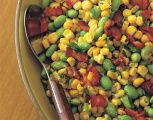 Ingredients:
Ingredients: I never went to cooking school or took home economics in high school, I was too busy blowing up the attic with my chemistry set. I did like to eat and eat stuff that tasted good and looked pretty, plus my mother couldn’t cook to save her life let alone mine and Pop’s, that was her mother’s venue. So I watched learned and innovated. I also read cook books and found that cooking and baking where like chemistry and physics. I know, this is Translator’s territory, but I do have a degree in biochemistry.
I never went to cooking school or took home economics in high school, I was too busy blowing up the attic with my chemistry set. I did like to eat and eat stuff that tasted good and looked pretty, plus my mother couldn’t cook to save her life let alone mine and Pop’s, that was her mother’s venue. So I watched learned and innovated. I also read cook books and found that cooking and baking where like chemistry and physics. I know, this is Translator’s territory, but I do have a degree in biochemistry.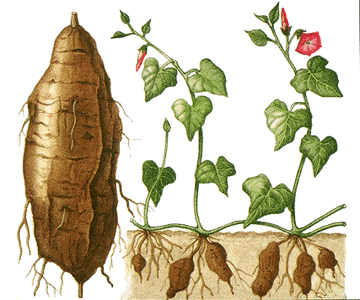 I love sweet potatoes and not just at Thanksgiving. I like them baked, boiled and mashed and dipped in tempura batter and fried. They are great in breads and baked desserts. They are very nutritional, an excellent source of vitamin A and a good source of potassium and vitamin C, B6, riboflavin, copper, pantothetic acid and folic acid. Sweet potatoes are native to Central America, grown in the Southern US states since the 16th century and are in the same family of plants as Morning Glories. The plant is a trailing vine with a large tuberous root.
I love sweet potatoes and not just at Thanksgiving. I like them baked, boiled and mashed and dipped in tempura batter and fried. They are great in breads and baked desserts. They are very nutritional, an excellent source of vitamin A and a good source of potassium and vitamin C, B6, riboflavin, copper, pantothetic acid and folic acid. Sweet potatoes are native to Central America, grown in the Southern US states since the 16th century and are in the same family of plants as Morning Glories. The plant is a trailing vine with a large tuberous root.
 Ingredients:
Ingredients: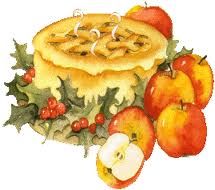 Mince pie is a old holiday tradition that can be traced back to 13th century when European crusaders returned from the Middle East with recipes for meats, fruits and spices. Mincing was a way of preserving meats without salting or smoking. The pie has been served at royal tables and, at one time, was banned by the Puritans since it was a symbol of the Pagan Christmas celebration.
Mince pie is a old holiday tradition that can be traced back to 13th century when European crusaders returned from the Middle East with recipes for meats, fruits and spices. Mincing was a way of preserving meats without salting or smoking. The pie has been served at royal tables and, at one time, was banned by the Puritans since it was a symbol of the Pagan Christmas celebration.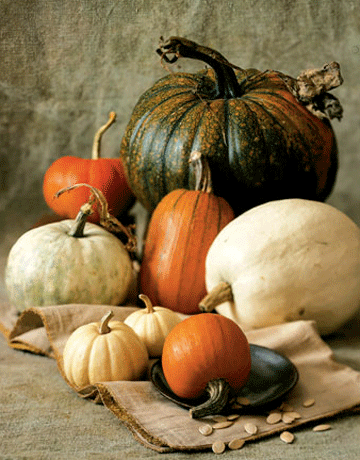 According to Wikipedia
According to Wikipedia 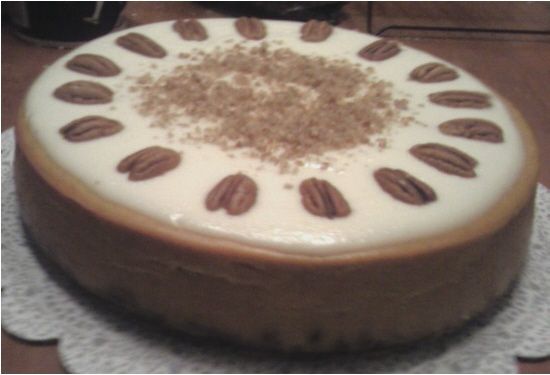
 The loin has two subprimals, or three if boneless:
The loin has two subprimals, or three if boneless: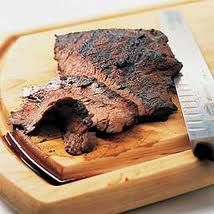 Southwestern Marinade
Southwestern Marinade
Recent Comments